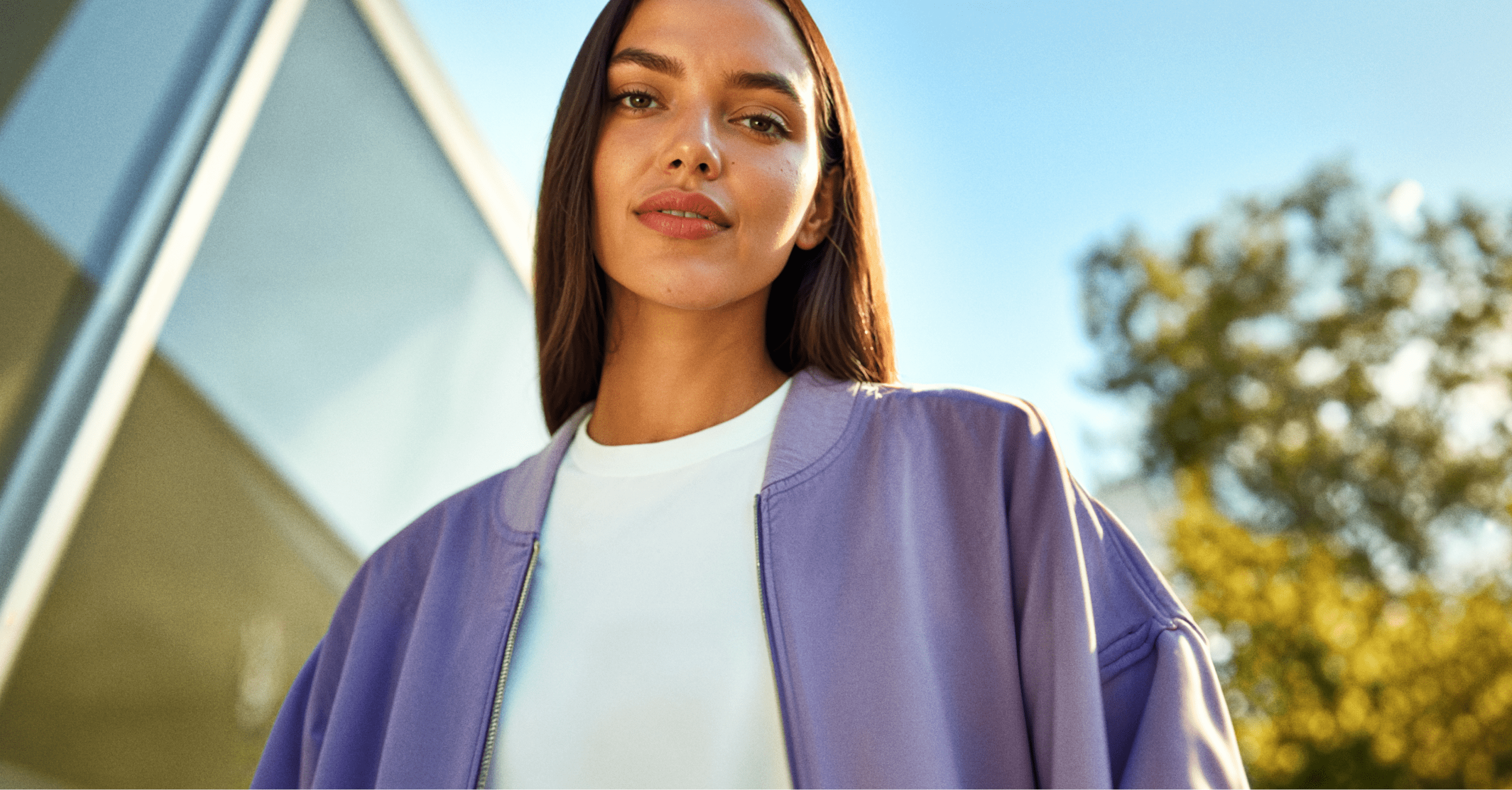
If you’re a demand marketer, I don’t need to tell you – the role can be complex. Your daily agenda bounces between coming up with creative and effective content strategies to attract the attention of your buyers, running direct response or brand building ad campaigns, nurturing leads and customers with email campaigns, thinking about the next big live (or virtual event) strategy, on top of many other responsibilities I was too tired to name.
All of this work is only to build demand for your offering.
There’s also everything you need to do to convert their interest into revenue (hopefully recurring revenue), whether that’s with the help of a sales team or not.
To be a good demand marketer, you need to share the right information with the right people at the right time. To be a great demand marketer, you need to leverage the superpower of design to ensure your message sticks no matter how it’s consumed. Whether it’s a 3-second TikTok Ad. A complex infographic. A direct response landing page. Or an email header for an upcoming event.
Design-led demand marketing could be your company’s new secret weapon for attracting and converting new customers – if you know how to do it right, which is exactly what we’ll cover in this post.
How Design Can Take Your Demand Marketing to The Next Level
When people consider design in a marketing context, they usually think it means making things ‘look pretty.’ But, in reality, it’s so much more than that.
As Reena Merchant, design leader at Google, writes:
Design isn’t just about making things look appealing, or just about usability, or even just delight. It is about taking products from being usable to delightful, and then beyond that — to meaningful. Design is a way for us to deliver deep meaning to our customers through the experiences we craft.
We mentioned earlier that demand marketers need to share the right information with the right people at the right time. But design can take this one step further by delivering the right messages and also packaging them in a way that will drive results.
Not only will this help enhance and clarify your messaging – it will also help solidify your brand identity design. Great design leads to more consistent messaging, which leads to increased familiarity with your target audience, eventually leading to the brand loyalty every organization strives for. Building trust. Fostering emotional connections. Design-led demand marketing can help you check these boxes (and then some).
Plus, great design is not just a nice-to-have in this day and age but a core need. For example, 50% of companies say their customers expect great design and cross-channel consistency from their brand, and 73% of B2B executives say that their customers’ expectations for more personalized experiences are higher than ever.
The days of demand marketers sacrificing form for function are over. In an increasingly segmented and content-rich world, investing in quality design is one of the best ways to increase the ROI of your demand marketing efforts and attract more of the right customers to your company.
How Demand Marketers Can Better Leverage Design (with Real-World Examples)
TOFU Content
Source: LaterBlog
Creating content that answers questions and educates prospects is a critical step of the buyer journey, and in our opinion, few brands do this better than the social media platform, Later.
Why it works:
- Cohesive branding: The visual consistency in colors, typography, and photography makes the content more aesthetically appealing and reinforces the brand identity.
- Custom graphics: Each post has a custom header graphic that blends user-generated content and screenshots with the company’s brand colors and imagery; seamlessly combining form and function. Right away, you can tell what the article is about and where it’s from.
- CTA buttons: Later’s blog page has CTAs embedded throughout but uses complementary colors (blues, pinks, whites) for the buttons, so the articles and videos still stand out. This choice alone clarifies what immediate action they want their users to take on this page (i.e., consume the content).
Free Tools
Source: Coschedule
Coschedule’s Headline Analyzer is a free tool that creates demand for their core marketing work management software product by addressing a related pain point, in this case, headline writing.
Why it works:
- Use of white space: The page uses a lot of white space to draw the eye to the page’s core purpose – helping marketers write better headlines. There are no obstacles or distractions that might prevent someone from taking the desired action.
- Above the fold: While there is more information when you scroll down the page, everything you need is above the fold, making it easy for users to take action.
- Use of color: The page uses shades of blue, which is a color that evokes feelings of “calmness and responsibility” – perfect for a tool designed to solve Coschedule’s audiences’ problems and build trust.
Gated Content
Source: Wistia
This might not be new, but offering a free resource in exchange for an email address and a few details is a tried and true way to capture existing demand and gain a deeper understanding of your hottest leads. Video hosting platform Wistia consistently creates some of the most out-of-the-box gated content out there. Case-in-point: their course Show Business, a free, 20-episode video series that empowers marketers to create compelling content and build brand affinity.
Why it works:
- Cohesive branding: Wistia has a super creative, irreverent brand identity, reflected in everything from their eclectic font choices to the bright colors and energetic visuals.
- Use of color: Bright yellow and pink CTA buttons immediately draw a user’s eye to the key actions Wistia wants visitors to take (i.e., watch the trailer and sign up for the course).
- Creativity: As Merchant states, “Design is a way for us to deliver deep meaning to our customers through the experiences we craft,” and that ethos is crystal-clear in this campaign. By creating such a unique gated content experience, Wistia is already setting expectations for its audience on what they can expect from the full product.
Email Campaigns
Source: Reallygoodemails
Transactional emails are one of the most underutilized pieces of marketing real estate. While many brands obsess over the look and feel of their newsletters, triggered emails based on customer actions are often forgotten about. This is a great opportunity to provide a highly personalized content experience, as you can tailor your messaging based on specific subscriber data (e.g., last purchase date, user activity, and segmentation). For example, restaurant reservation service OpenTable uses customer data to create customized restaurant recommendation emails.
Why it works:
- Eye-catching header photo: Who doesn’t love a decadent plate of pasta? The beautiful image at the top of the email immediately catches the reader’s eye and encourages them to keep scrolling.
- Personalization: Here, the design is in the data, as the app generates personalized restaurant recommendations based on the users’ past bookings.
- Clear CTAs: The email’s CTA buttons in the brand’s signature bold red clarify the desired action while keeping everything on brand.
Driving Demand With Design
The larger and more established an organization becomes, the more complex the demand generation function becomes in turn. And as their businesses scale, demand marketers need to continuously develop and refine new engagement strategies, channels, content, nurturing tactics, and analytical and optimization efforts to keep up with growth targets.
Design can give you a competitive edge by helping you produce marketing design experiences that aren’t just aesthetically pleasing but also usable, delightful, and, most importantly, meaningful. However, it can be hard to keep up with the changing platforms, algorithms, and best practices. Fortunately, we’ve created a definitive guide to Digital Ad Design that can help you level up your marketing design in no time.












